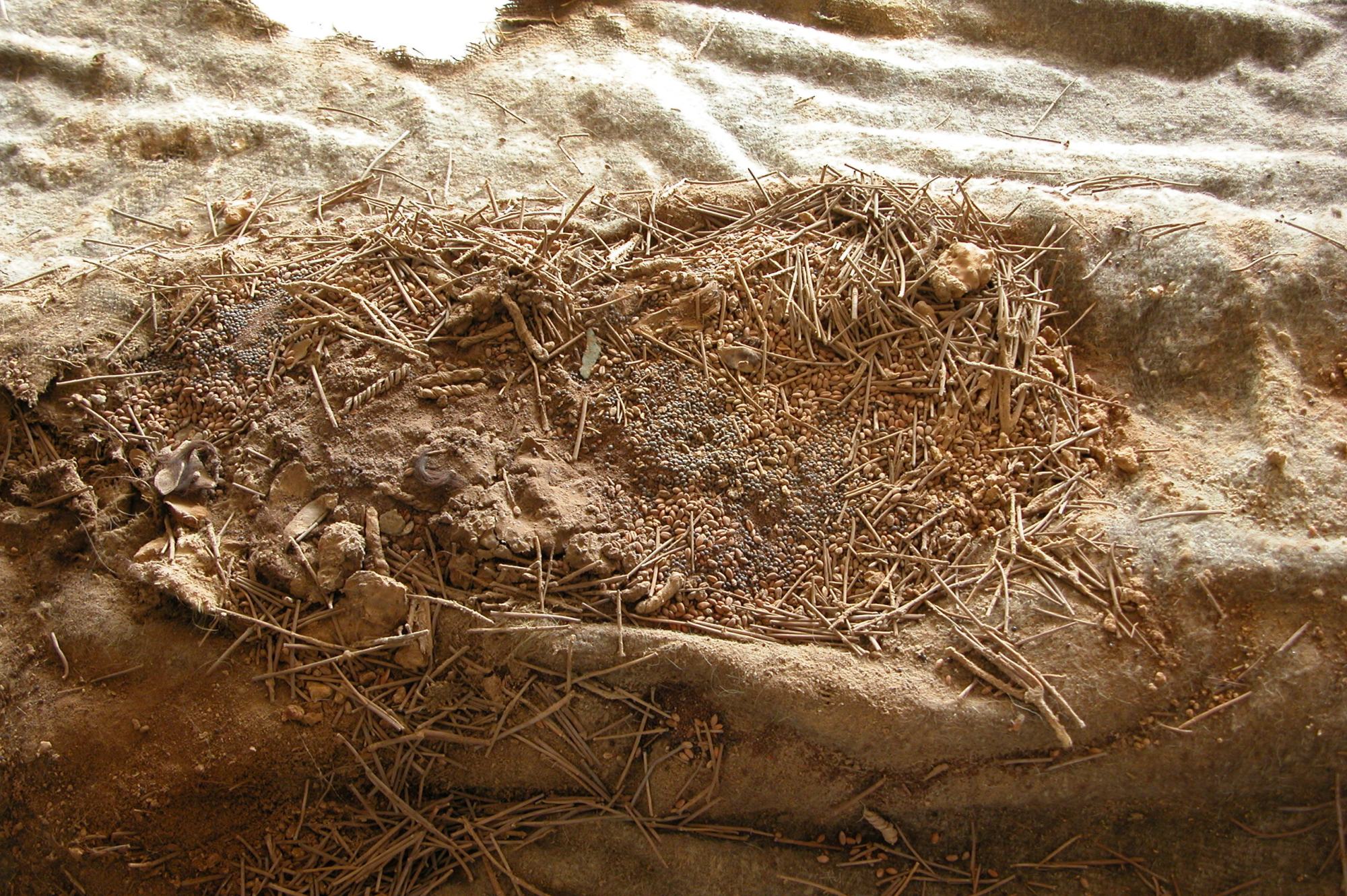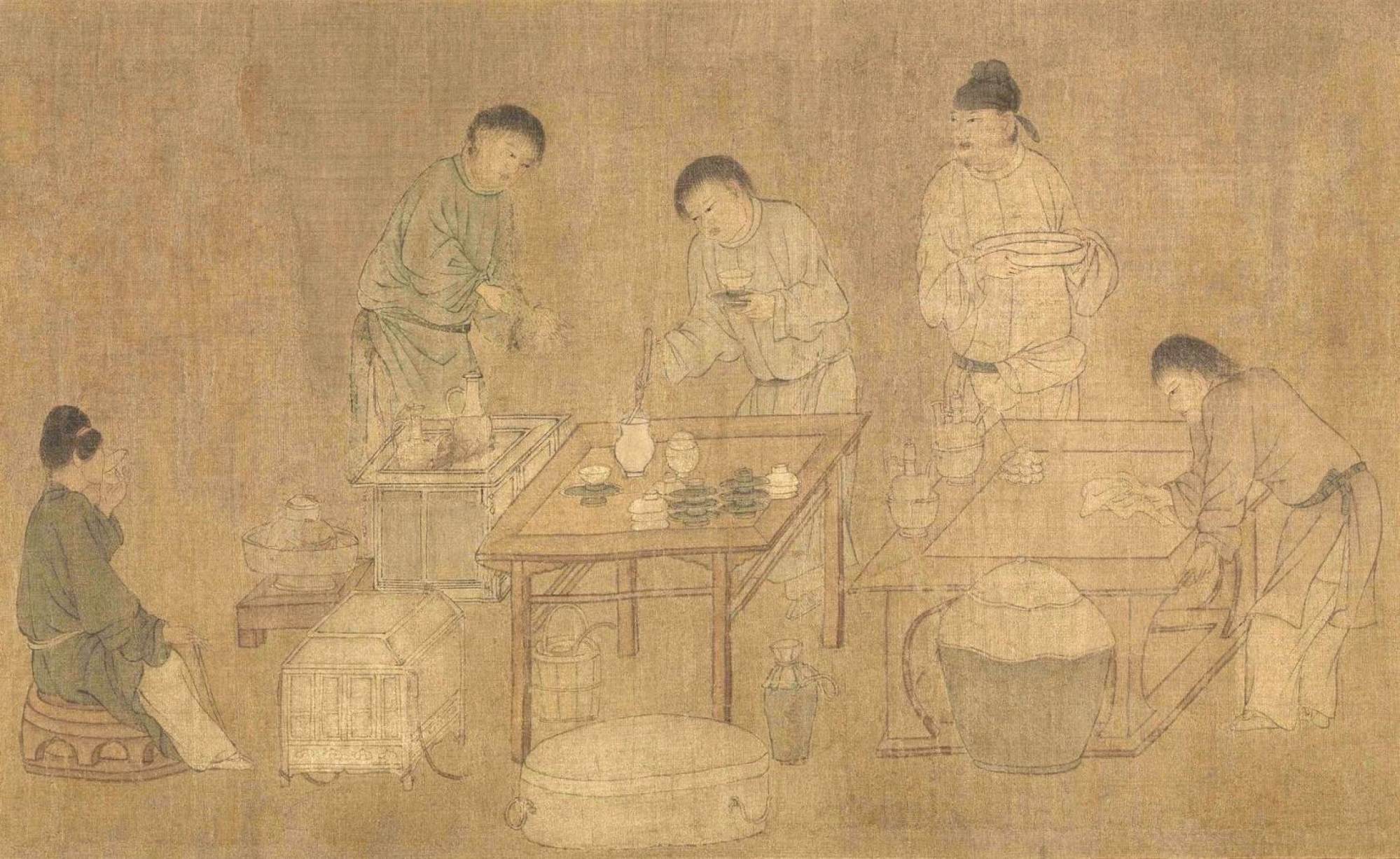
Steamed vs baked: scientists use China remnant DNA to reveal ancient regional cooking differences
- Archaeologists analyse type of gene in millet to reveal style of cooked food
- Discovered waxy food more common in east China, vanished in west
A great joy of travelling across China is enjoying the immensely diverse range of high-quality regional foods, ranging from spicy Sichuan peppers and Cantonese dim sum to halal Xinjiang cuisine.
This diversity is common worldwide, and new research out of China suggests that regional cooking differences stretch back to ancient times.
By analysing DNA from broomcorn millet remnants from between 1700BC and 700AD, archaeologists determined that the grain was usually steamed in the eastern parts of China versus being baked in the west of the country.
The study, published in the journal Antiquity, argues that, as millet spread westward, it was not accompanied by traditional cooking methods, leading to stark differences in regional cuisine.
Millet was the staple grain of northern neolithic China, whereas rice was more popular in the south, somewhat corresponding to the Yellow and Yangtze rivers, respectively.

“Food practices capture a paradox about human nature. Our cultural behaviour can seem extremely conservative, but that conservatism always contains the possibility of change, which may entail a journey into the unknown,” said Martin Jones, a study author and Senior Fellow at the McDonald Institute for Archaeological Research at the University of Cambridge in England.
“In past human journeys, we repeatedly see those apparent opposites of tradition and change as intimately interlinked,” he told the Post.
The archaeologists used DNA sequencing to analyse particular genes that play a role in producing different types of starch, which allowed them to determine the texture of the food.
The scientists focused on a region stretching across the northern half of China, from west of Beijing through Xinjiang. They also intertwined previous research to include data from further east.
The archaeologists found a substantial prevalence of waxy texture, indicating steamed or boiled food, in eastern China, but when they moved westward, the two traditions began to blend.
When they analysed millet from Qinghai province in western China, there were few instances of waxy texture. In Xinjiang, there were none.
Waxy millet means the dish likely resembled a modern-day rice pudding or porridge, whereas the baked millet was more similar to bread or biscuits.
Jones compared the difference to how modern people approach cooking wheat and rice.
Today, we more commonly consume wheat as baked flour, like bread, which comes from western cooking traditions. Eating steamed whole wheat grain is not unheard of, but it is far less common.
Rice is the opposite. The vast majority of rice is eaten as a steamed whole grain and is associated with Asian cooking traditions. Rice flour exists, but it is a novelty ingredient.
“That contrast, and its geography, have proven to be extremely ancient,” said Jones.
The DNA evidence supports a hypothesis that regional cuisine differences in Neolithic China were linked to how pottery developed in East Asia versus Central Asia and Eurasia.
In the east, the development of pottery came before grain agriculture via coarse ware cooking pots, which first emerged in China between 15,000 and 20,000 years ago.
A subsequent tripod design that later emerged indicated that those ancient peoples would steam or boil their food, so, when millet was raised, it was applied to the tools already in existence.
In the western regions, cereal cultivation predated pottery, so as millet agriculture developed, it “decoupled from traditional cooking methods and were incorporated into local cuisines”.

Jones said that a particularly intriguing aspect of the east-west crop movement is that it was primarily completed by the start of the Shang dynasty (1600BC-1045BC), meaning that it was driven by everyday farmers rather than, say, politics, conquest or global trade.
These “ordinary farming families were blazing the trail that others later followed,” he said.
“There is so much more to learn about these everyday farmers that struck out into the unknown, but now a lot of exciting archaeological research is underway, from many teams, to find out,” he said.

